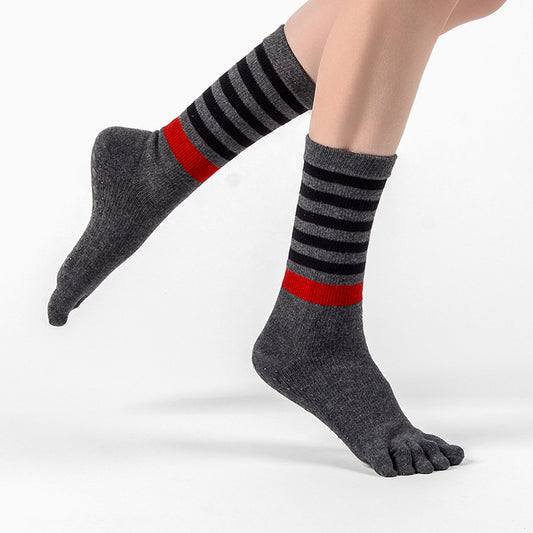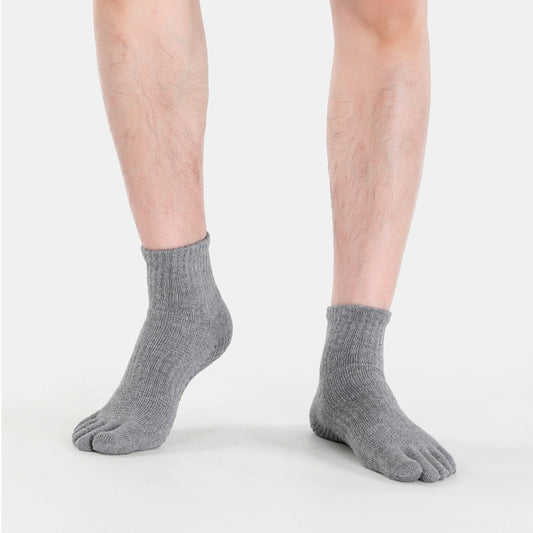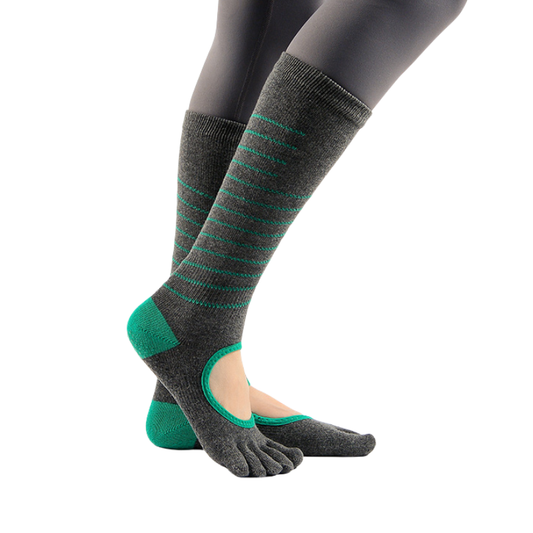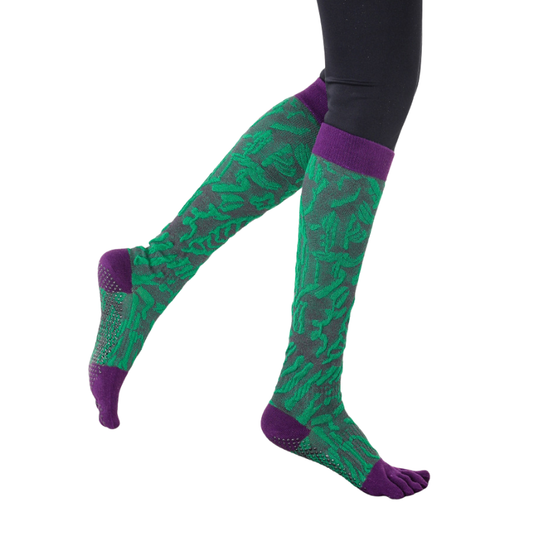In the world of athletic performance, even the smallest optimizations can unlock game-changing results. One often overlooked upgrade lies beneath your feet: the Sport Carbon Fiber Support Insole. More than just a footbed, this innovative insole uses cutting-edge materials and biomechanics to improve stride efficiency, increase stability, and reduce fatigue and injury. Whether you’re a competitive runner or a dedicated weekend warrior, understanding how carbon fiber insoles work could be your next performance breakthrough.
What Are Sport Carbon Fiber Support Insoles?
Unlike traditional EVA foam or gel-based inserts, sport carbon fiber support insoles are made from aerospace-grade carbon fiber—a material known for its extreme strength-to-weight ratio. These insoles typically consist of a thin but rigid carbon plate, often paired with a cushioning top layer, providing a structured yet lightweight foundation for your foot.
Brands like Tread Labs explain that carbon fiber insoles are particularly beneficial for runners and athletes because they offer a responsive base that stores and releases energy more efficiently during motion. This is essential not only for speed but also for maintaining proper biomechanics under load.
1. Boosted Energy Return & Propulsion
One of the standout advantages of carbon fiber insoles is enhanced propulsion. The rigid plate acts like a spring, storing energy during foot strike and releasing it during toe-off. This mechanism improves running economy and stride efficiency.
A performance study by VKTRY Gear shows:
-
Up to 9.3% increase in lower body power
-
1.6-inch gain in vertical leap
-
0.12-second reduction in 40-yard dash time
This type of energy return—comparable to that found in carbon-plated racing shoes—is now available as an upgrade to your existing footwear.
2. Improved Stride Mechanics & Stability
Beyond propulsion, sport carbon fiber support insoles also promote more stable and biomechanically efficient movement. Their rigid structure helps align the foot, reduce overpronation or supination, and stabilize the ankle during high-impact activities.
A clinical analysis published in the Journal of Biomechanics concluded that structured insoles with stiff plates can significantly reduce knee valgus and ankle torsion—two major contributors to injury in runners.
This alignment effect not only reduces the risk of common injuries like shin splints and plantar fasciitis but also makes your movement more efficient with each stride.
3. Superior Shock Absorption and Durability
Though rigid, carbon fiber has impressive shock absorption capabilities when combined with a supportive top layer. It helps reduce ground impact forces without sacrificing responsiveness—especially useful during long-distance training or explosive sports like basketball and tennis.
Moreover, these insoles retain their shape and performance over time. As noted by Fairmat, carbon fiber insoles last 3–5 times longer than foam options, making them not only high-performance but also cost-effective in the long run.
4. Lightweight & Low-Profile Design
Despite their structural stiffness, sport carbon fiber support insoles are ultra-lightweight and thin—usually less than 1.5mm. This means they don’t alter the fit of your shoes or add bulk, making them compatible with everything from racing flats to cross-training sneakers.
As emphasized by Solestar, many athletes appreciate the “invisible” feel of carbon fiber inserts—where performance enhancement comes without discomfort or size compromise.
5. Things to Consider: Break-in Period & Cost
No performance tool is without trade-offs. Carbon fiber insoles can feel stiff initially, especially for those accustomed to plush foam cushioning. A short break-in period—starting with light use over a few sessions—is often recommended.
Additionally, they tend to cost more upfront ($80–$150) than regular insoles. However, compared to carbon-plated running shoes (which can exceed $200 and degrade faster), a sport carbon fiber support insole is a high-value investment for many.
6. Who Should Use Carbon Fiber Insoles?
These insoles are ideal for:
-
Competitive runners looking for improved stride economy
-
Athletes in sports requiring explosive movement (e.g., soccer, basketball, CrossFit)
-
Long-distance walkers/hikers needing fatigue resistance
-
Rehabilitation patients requiring structured foot support
If you're recovering from foot-related injuries or seeking to prevent them, carbon fiber insoles offer the structural reinforcement needed for safe and efficient movement.
7. Choosing the Right Insole
When selecting a sport carbon fiber support insole, consider:
-
Foot arch type (high, neutral, flat)
-
Shoe compatibility (ensure it fits without cramping)
-
Top-layer materials (for breathability and cushioning)
-
Carbon stiffness (full carbon vs hybrid for different activities)
Products like the Zokfit Sport Carbon Fiber Support Insole offer a balanced design—combining a thin 0.8mm carbon shell with a breathable, anti-slip top layer—engineered for runners, lifters, and everything in between.
Conclusion
The Sport Carbon Fiber Support Insole is no longer just a niche upgrade for elite athletes. It’s a versatile, science-backed performance enhancer that improves stride mechanics, boosts propulsion, and protects your body from injury—step after step, mile after mile.
If you're serious about training smarter and performing better, it might be time to consider what’s beneath your sole. Unlock your full stride potential—starting from the ground up.







